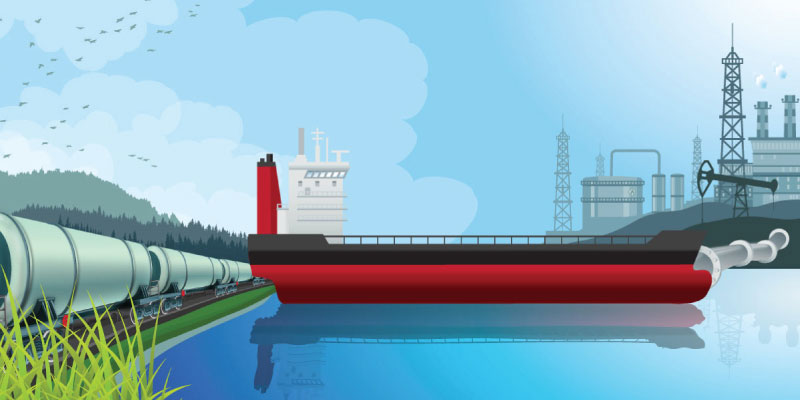Pipelines are 2.5 times safer than rail for oil transportation.
oil production
If producers reduce the emissions intensity of oilsands production by a modest amount, production losses may total two billion barrels of oil between 2027 and 2040.
Annual cap on oilsands emissions means that once emissions hit prescribed threshold, no further development will be allowed.
Once again, energy policy was an element of President Obama's State of the Union Address (2014). What's interesting is both what's seen, and what is not seen.
Here, in the quotes related to energy, is what's seen:
When we talk about energy policy here in Canada, whether provincial or national, the discussion usually revolves around investment, jobs, revenues, and the environment. That's generally been the terms of discussion on the recently killed Northern Gateway pipeline: who'll get the money, who'll get the jobs, and who'll bear the risk. But there's another dimension to energy policy that is often left out of the discussion, which is the idea of energy security, not only for Canada, but for the world as a whole. And decisions like Northern Gateway do little to add to Canada's energy security.

